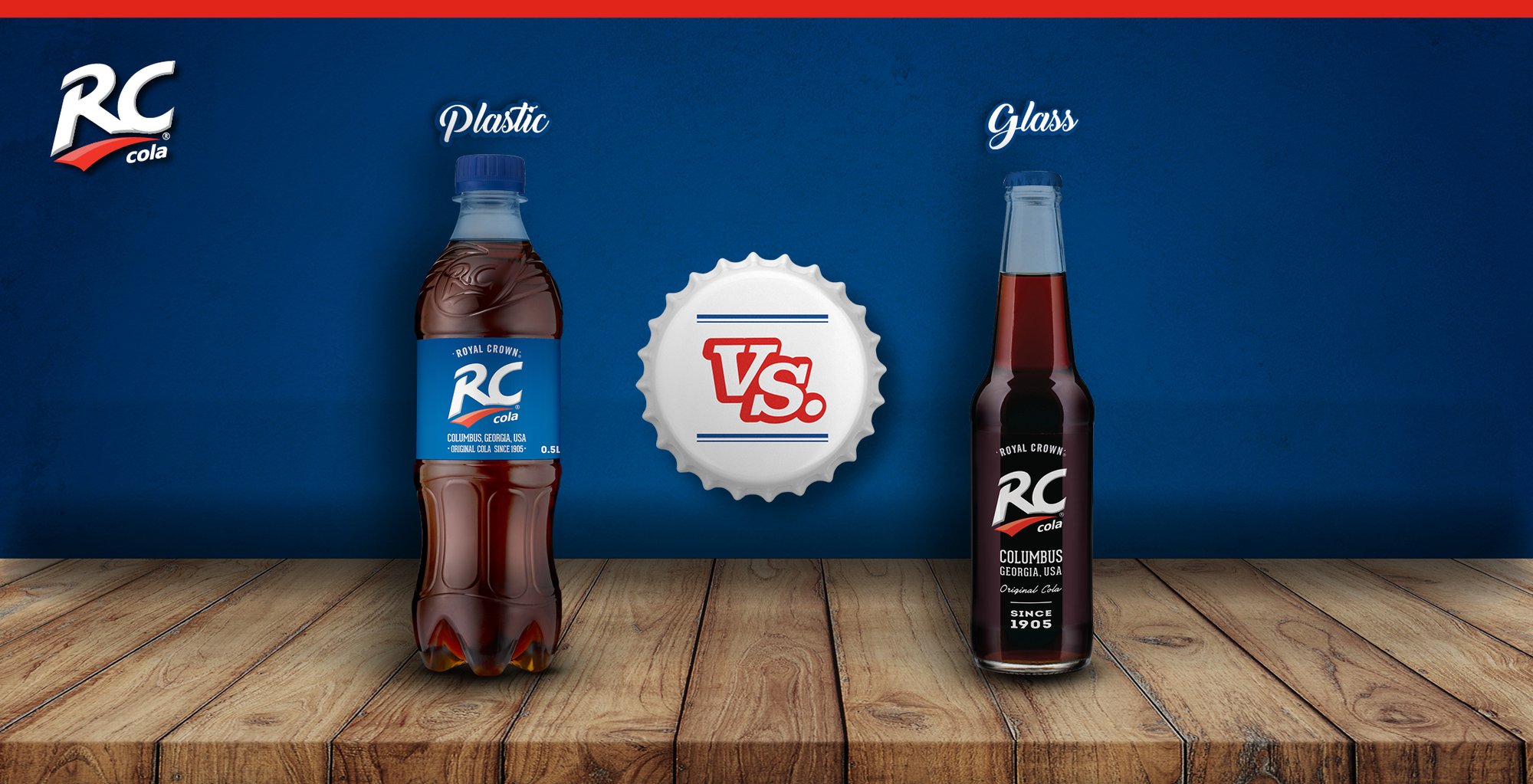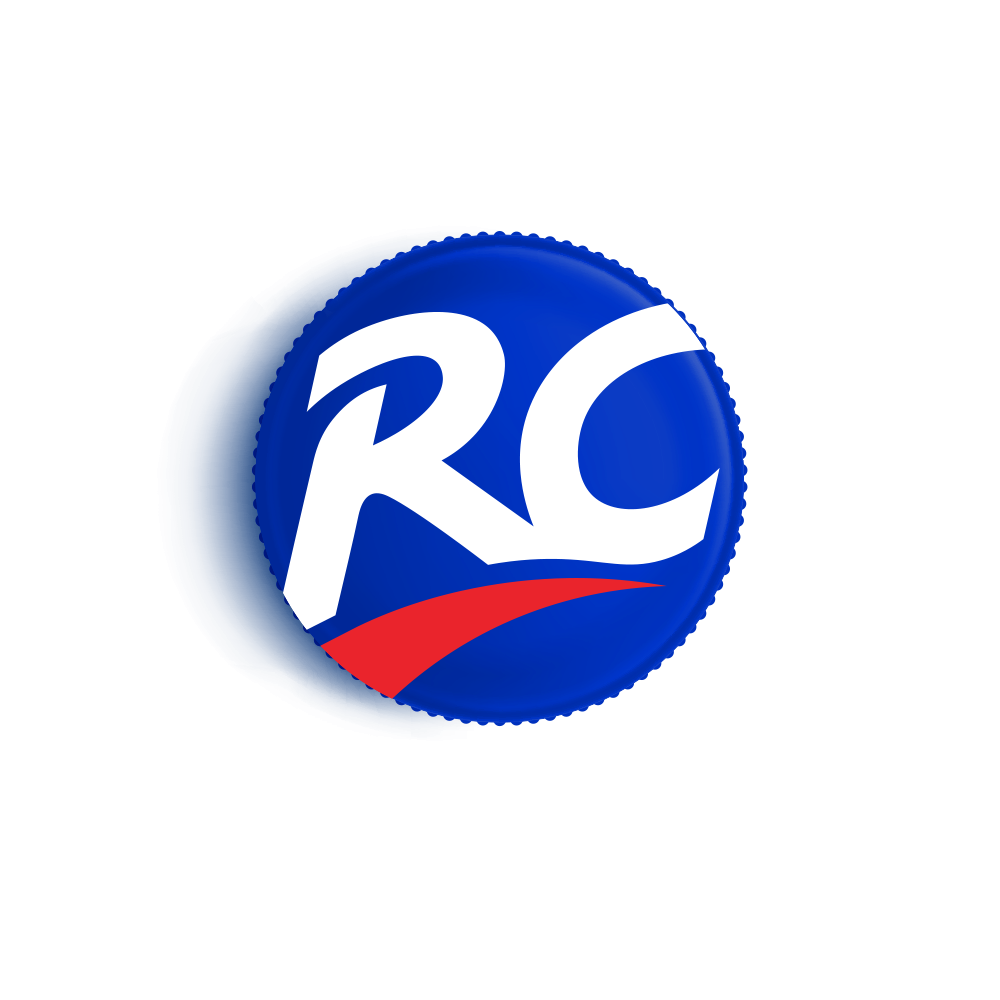With increased industrial commitment to important initiatives like the European Green Deal and UN Sustainable Development Goals, consumers are more aware than ever before of their environmental footprint. According to Friends of Glass and the European Container Glass Federation (FEVE), half of consumers are opting to purchase more glass packaging than they did three years ago – and nine out of ten people in their independent consumer research survey recommend glass packaging to friends and family over the other alternatives, representing an 11% increase.
As beverage bottlers and manufacturers, this is a key question for new beverage products under development as well as for products that have been in plastic bottles for many years: What’s best for beverage products – plastic or glass?
Glass beverage packaging
Here’s everything you need to know about glass beverage packaging:
History of glass bottles
Glass bottles first started being used for soda water in the early 1800s, when semi-automatic machines started to be used in bottle manufacturing. The original bottles had a distinctive shape, with short, square bottoms and a small neck.
The first reference was made to soda water bottles by a New England scientist in 1806. By 1860, over 100 plants were bottling soft drinks in the United State in glass bottles.
Glass soda bottles continued to be used for bottling soda until 1970, when plastic bottles for soft drinks started coming into use. The first Polyethylene Terephthalate (PET) plastic bottle was made in 1973. The plastic bottles were preferable because they were cheaper and easier to manufacture and transport, and they quickly replaced glass as the material of choice in soda bottling.
Glass bottles market value
Today, according to ResearchAndMarkets.com, the plastic bottles market - valued at $159,68 billion in 2019 - is expected to reach $240 billion by 2025, and the CAGR for this market is anticipated to be 5.5% for the period between 2020 and 2025.
Yet, while plastic continues to be one of the most utilized packing materials, attitudes toward plastic soda bottles are shifting and glass is coming back into use for a wide variety of products.
Advantages of glass beverage packaging
From an environmental perspective, glass has several advantages over plastic soda bottles – and this is driving the growing popularity of glass bottles across the beverage industry. For example, while plastic can only be recycled a specific number of times, glass (and metal, as well) have endless recycling capabilities. That’s because plastic eventually loses its quality, if it’s recycled too many times, while glass does not.
>>> Read more on smart packaging and other beverage trends to grow your brand through 2025
The craft beverage market – which sells beverages that are, among other things, packaged in glass bottles – has been gaining popularity. At RC Cola International, we’ve seen this ourselves with the rising popularity of our craft soda, Royal Crown. There’s simply more of an aesthetic appeal to drinks packaged in glass.
Plastic beverage packaging
On the other hand, plastic bottles have been around for years. Here’s what you need to know about them:
Plastic bottles' recyclability rate
In the 1960s, plastic waste was first observed in the oceans, and this was the beginning of the recognition that plastic materials have an environmental impact.
Beverage innovation has led to the introduction of higher quality and healthier plastics that are both biodegradable and BPA-free, which is important for environmental and health-related reasons. BPA is short for Bisphenol A and is an industrial chemical used in the manufacture of some plastics. Some research has shown that BPA can seep into beverages from containers made with BPA. (See Dr. Brent Bauer of Mayo Clinic here.)
It’s very important to mention that all PET plastic bottles can be recycled, and many plastics used for beverage bottling currently are being made with recycled materials. In fact, according to the British Plastics Federation (BPF), of the 70% of soft drinks that are packaged in PET plastic bottles, a full 60% of the used bottles which end up in household waste are being collected for recycling - representing a significant increase over the percentage of recycled bottles in previous decades.
Advantages of plastic beverage packaging
Plastic has a number of significant advantages over glass:
It’s lightweight and as a result, it’s cost effective to produce, and cheaper to ship – requiring less additional packaging during transportation.
Moreover, it’s safe – it’s durable and impact-proof, and because it’s less breakable it is less hazardous than glass. This makes it more convenient not only for bottlers and manufacturers but also for consumers on-the-go.
And perhaps one of the greatest advantages of plastic is that it’s highly versatile. It can easily be molded into different shapes, allowing brands to build a distinctive identity and allowing manufacturers to make changes to bottle shape and size.
Manufacturing Process and Materials
When considering the choice between glass and plastic bottles for your beverage products, it's crucial to delve into the manufacturing processes and materials involved. Glass bottles undergo a production process that includes heating sand and other raw materials to high temperatures, creating a durable and recyclable packaging option. On the other hand, plastic bottles are typically formed through molding processes using materials like Polyethylene Terephthalate (PET), offering lightweight and versatile packaging solutions.
How to choose the right packaging for your beverage business?
As a beverage bottler or manufacturer, it’s key to stay on top of beverage trends and be innovative. Whether you opt to use plastic or glass, RC Cola International can help provide you with an in-depth evaluation of the advantages and disadvantages of plastic and glass and help you figure out what’s right for your company. We work with each of our partners, providing information about the market and sharing our take on growing trends and beverage innovation. We look forward to working with you – so, join our family of partners today!



